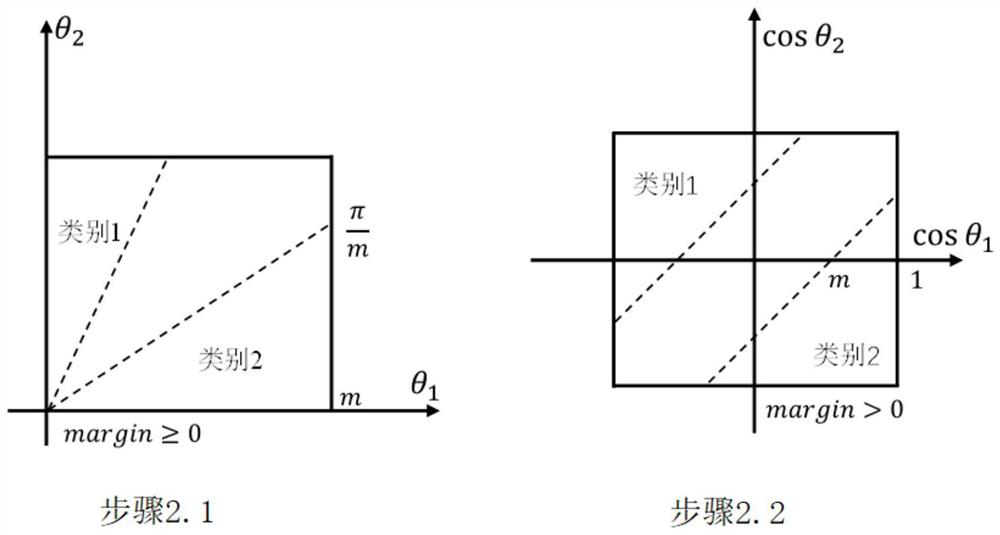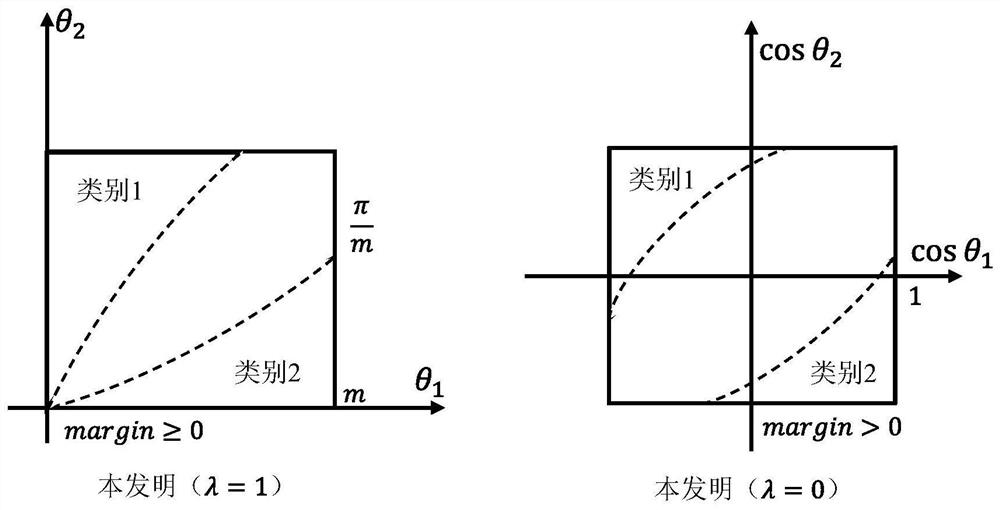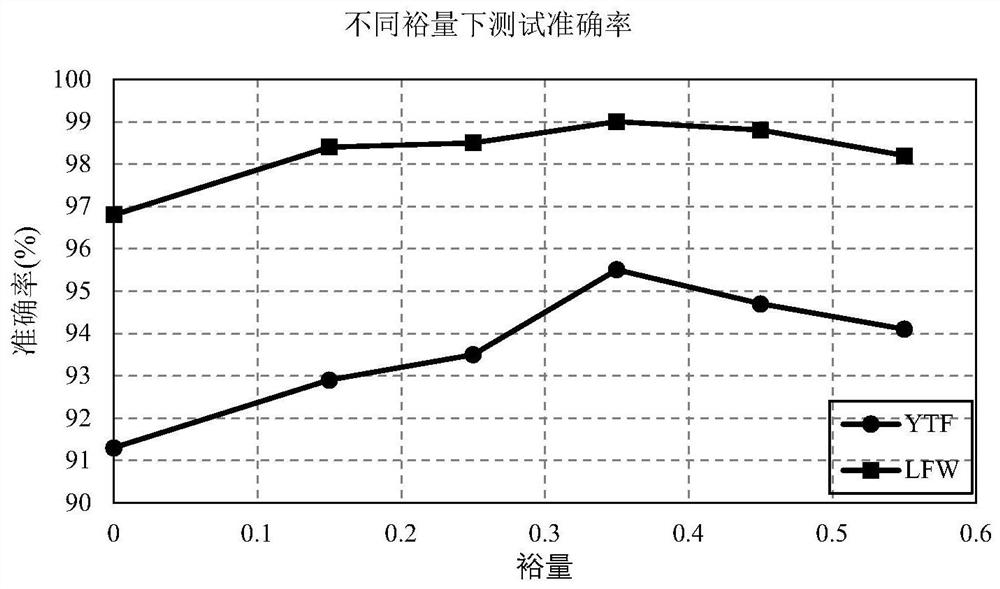Method for face recognition through classification layer supervision based on Sigmoid function
A face recognition and function technology, applied in the field of computer vision, can solve the problems that the distance between classes is not far enough, the distance between the classes is not compact enough, and the face recognition network cannot be directly applied, so as to achieve high face recognition accuracy and strong face recognition. effect of ability
- Summary
- Abstract
- Description
- Claims
- Application Information
AI Technical Summary
Problems solved by technology
Method used
Image
Examples
specific Embodiment approach
[0036] In step 1, the original Softmax loss function is used as the basis of the present invention. The Softmax loss function is generally used in the classification network as the supervision of the classification layer. The classification network trained using the Softmax loss function can effectively handle various common image classification problems such as binary classification and multi-classification. Therefore, the softmax loss function is the basis for the current design of various different types of classification layer supervision. The general form of the original Softmax loss function is:
[0037]
[0038] Among them, N represents the size of batchsize, and n represents the total number of categories. Taking the application of Softmax in the binary classification problem as an example, the probability of the sample points on the decision boundary being divided into two categories by the classifier needs to be equal. For the sake of brevity, the transposition...
PUM
 Login to View More
Login to View More Abstract
Description
Claims
Application Information
 Login to View More
Login to View More - R&D Engineer
- R&D Manager
- IP Professional
- Industry Leading Data Capabilities
- Powerful AI technology
- Patent DNA Extraction
Browse by: Latest US Patents, China's latest patents, Technical Efficacy Thesaurus, Application Domain, Technology Topic, Popular Technical Reports.
© 2024 PatSnap. All rights reserved.Legal|Privacy policy|Modern Slavery Act Transparency Statement|Sitemap|About US| Contact US: help@patsnap.com










